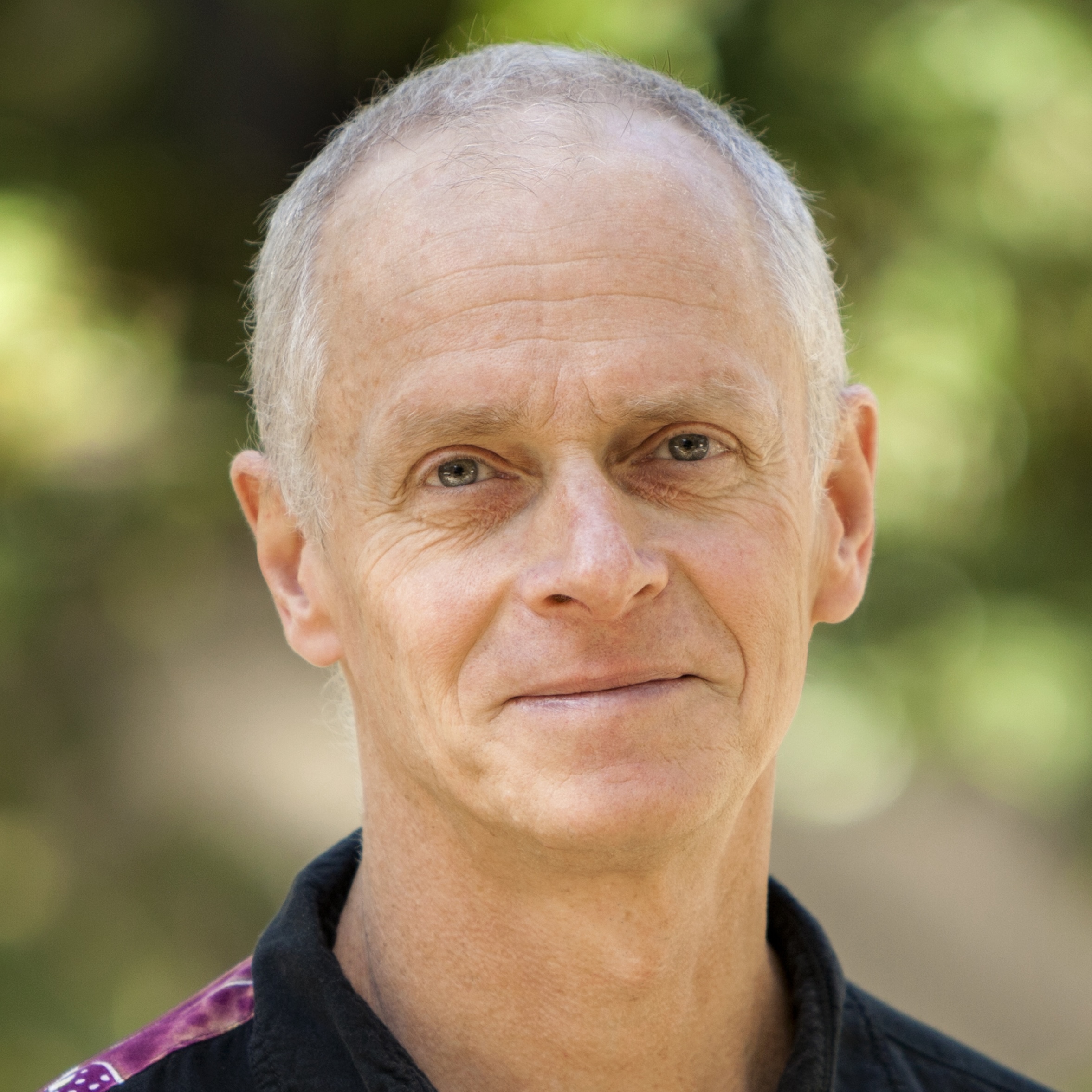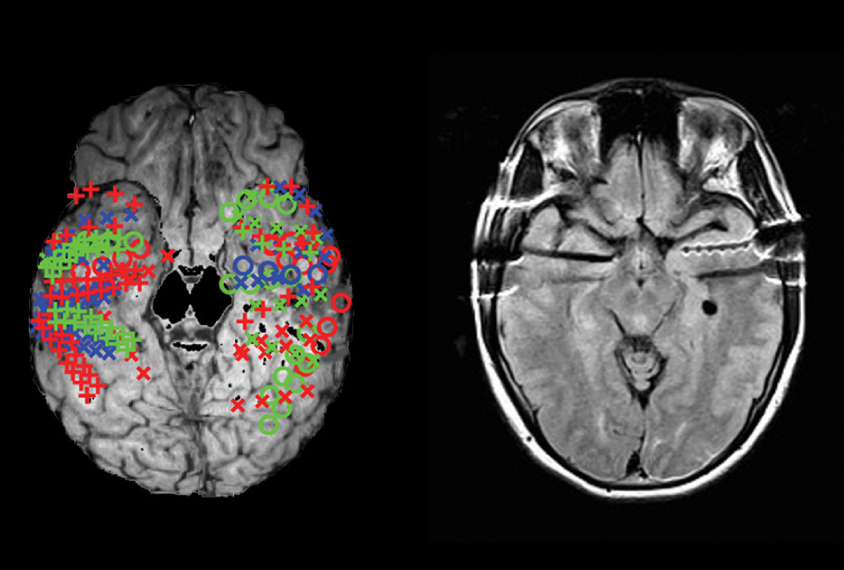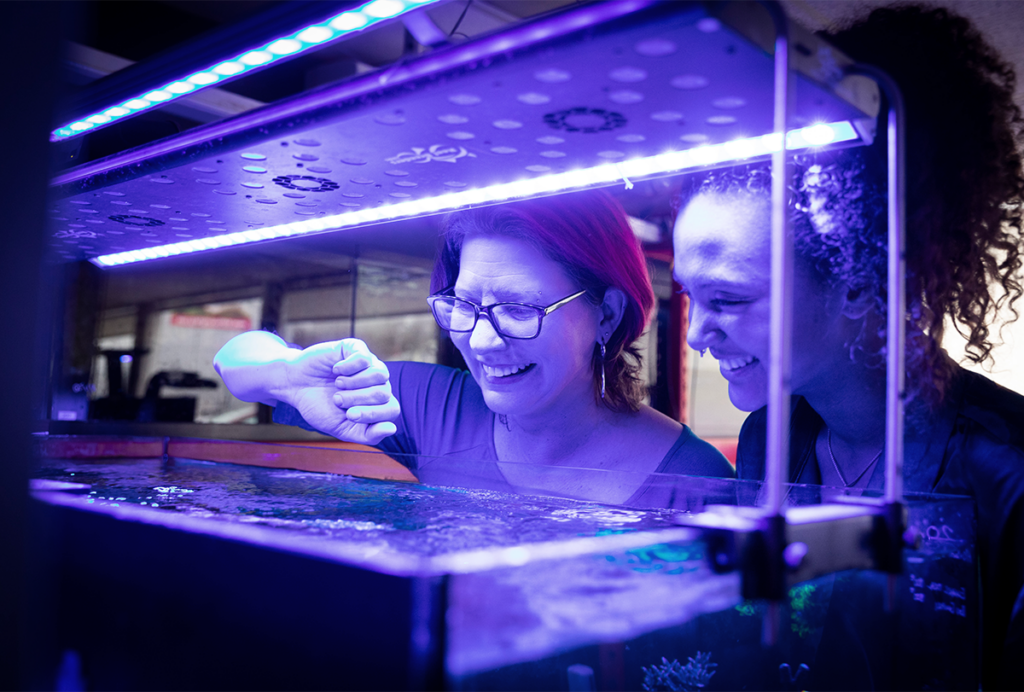Ralph Adolphs is Bren Professor of Psychology, Neuroscience and Biology at the California Institute of Technology (Caltech). His lab studies human social cognition and emotion, with approaches spanning work in autism, functional MRI and human single-unit recordings.
After graduating from Stanford University with degrees in chemistry and biology, Adolphs did his Ph.D. work at Caltech with the late Mark Konishi, studying sensory physiology in owls. He subsequently turned to cognitive neuroscience in his postdoctoral work with Antonio Damasio at the University of Iowa and returned to Caltech as professor in 2004.



